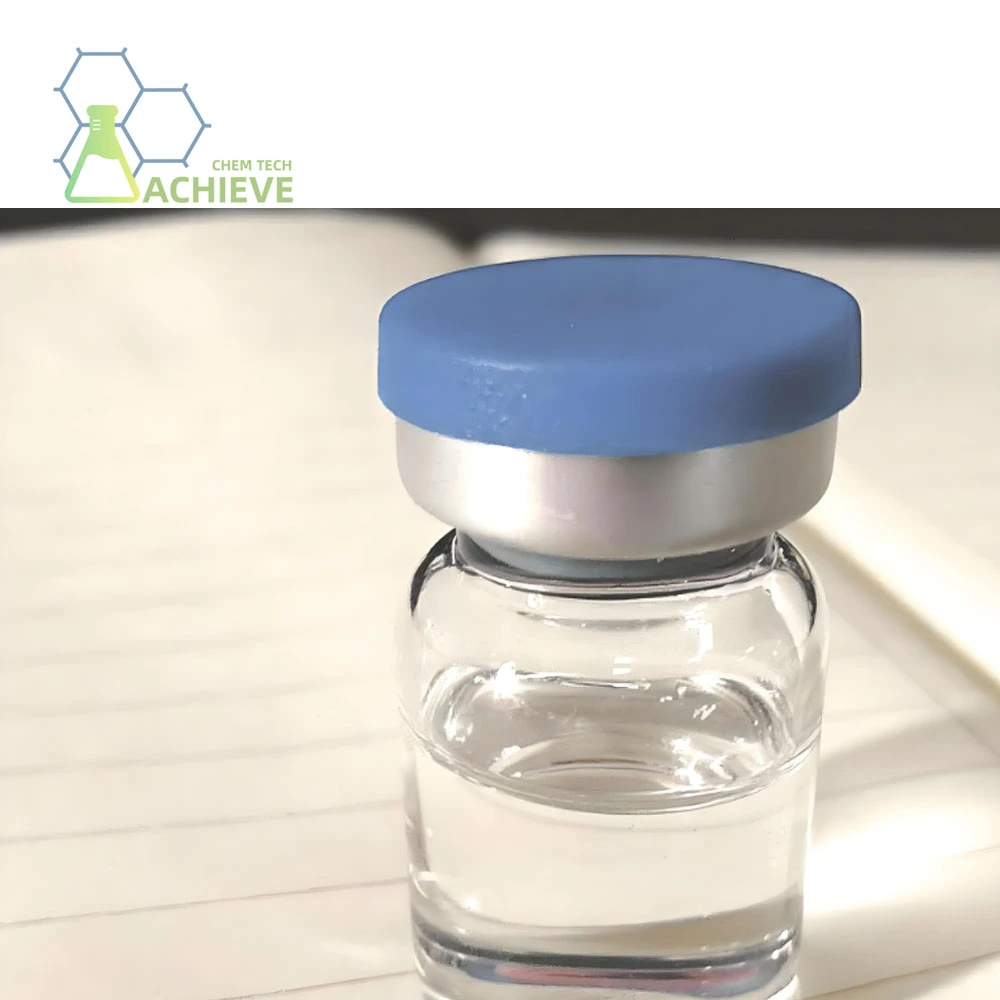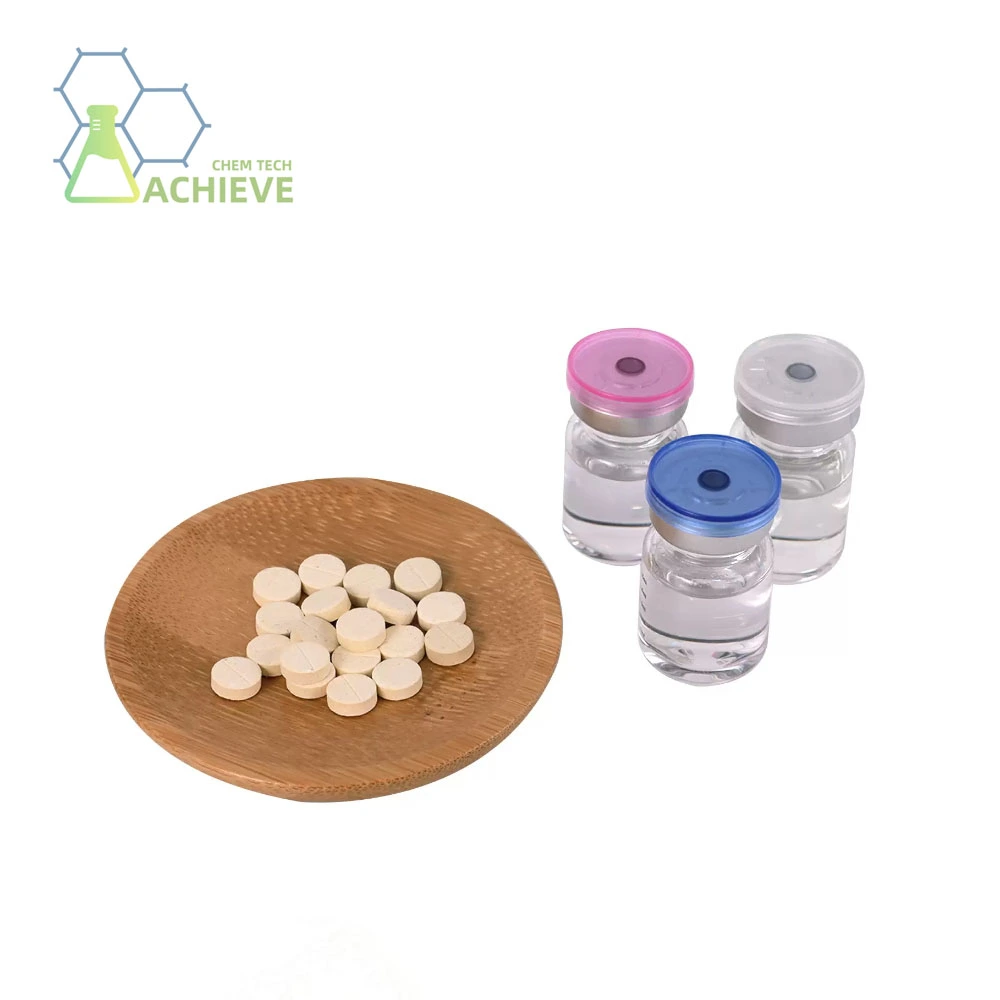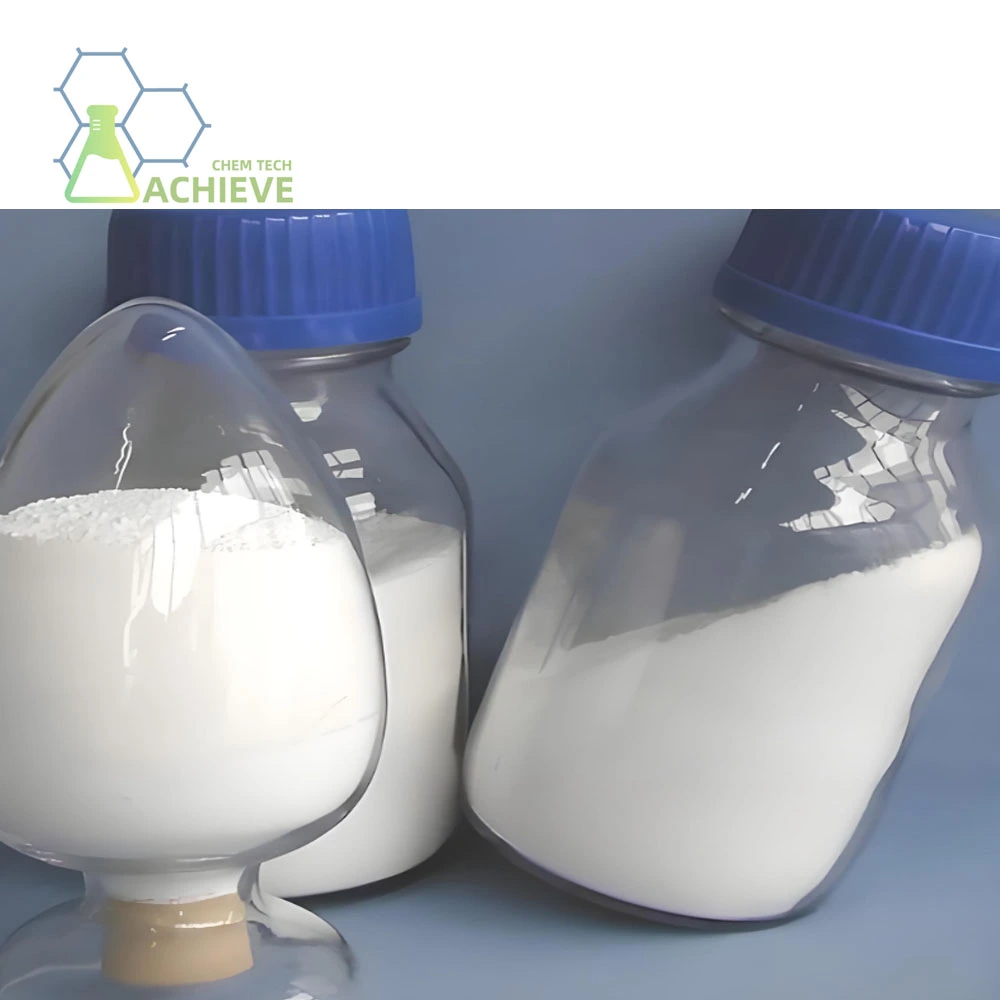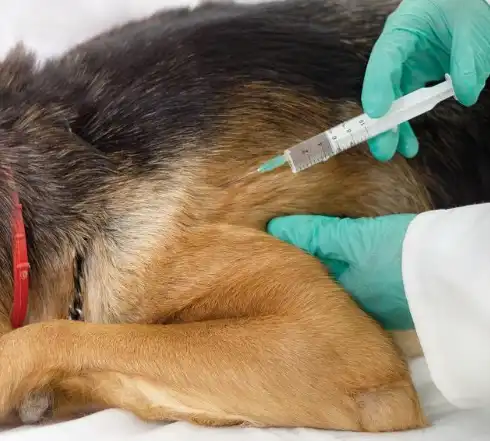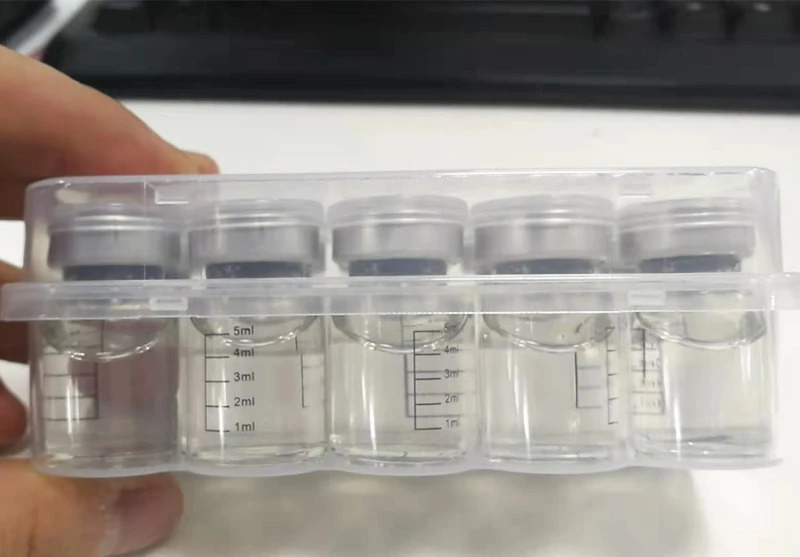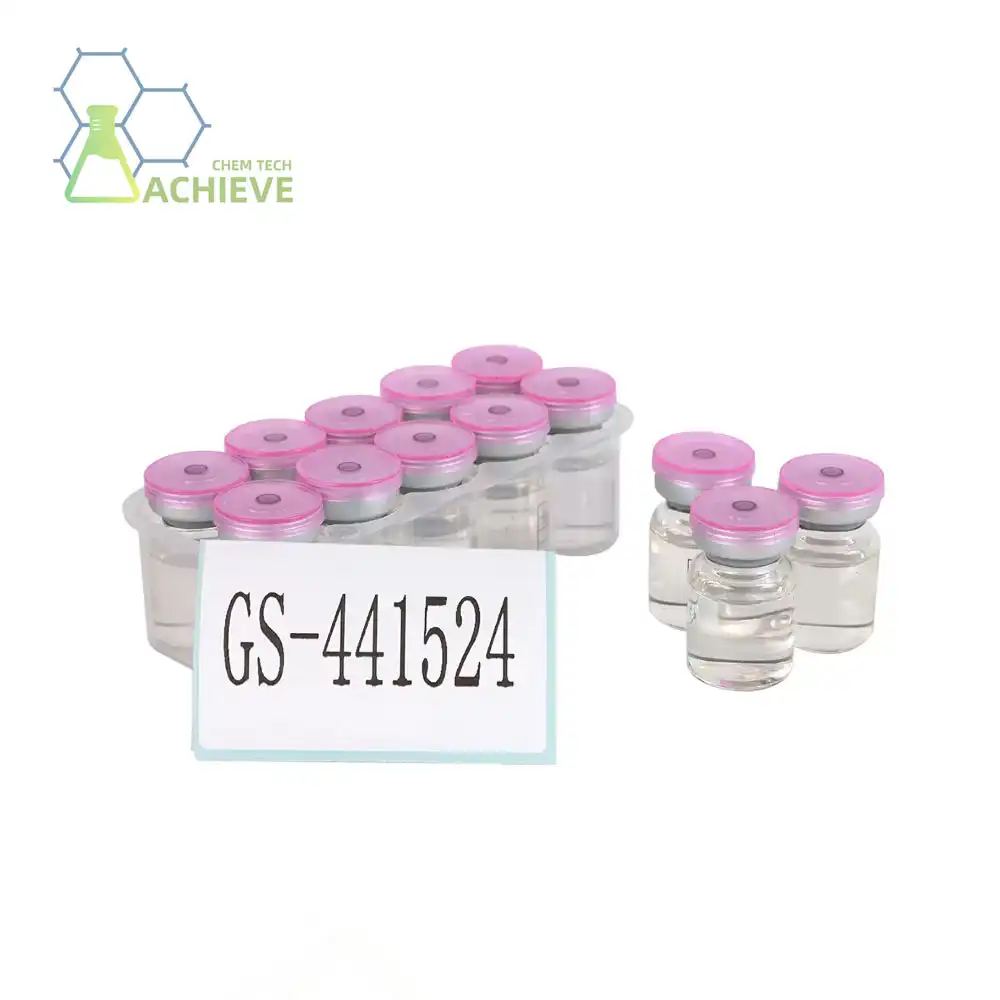Are There Resistance Issues with GS-441524 for FIP?
Feline Infectious Peritonitis (FIP) has long been a devastating disease for cats, but the introduction of GS-441524 has brought new hope. This antiviral drug has shown remarkable efficacy in treating FIP, but as with any medication, concerns about potential resistance have emerged. In this comprehensive exploration, we'll delve into the intricacies of GS-441524 resistance in FIP treatment, examining the current landscape, potential challenges, and strategies to combat this issue.
Product: https://www.bloomtechz.com/oem-odm/injection/gs-441524-fip.ht
|
|
|
|
GS-441524 Resistance: Viral Mutations & Treatment Failures
The emergence of resistance to antiviral drugs is a common concern in the treatment of viral infections. In the case of GS-441524 and FIP, understanding the mechanisms of potential resistance is crucial for effective long-term management of the disease.
Molecular Basis of GS-441524 Resistance
GS-441524 works by inhibiting viral replication, specifically targeting the RNA-dependent RNA polymerase of the feline coronavirus. However, like all viruses, the feline coronavirus can mutate, potentially leading to strains that are less susceptible to the drug's effects.
These mutations can occur in various ways:
- Alterations in the viral polymerase enzyme
- Changes in viral membrane proteins
- Modifications in viral RNA structures
Such mutations may allow the virus to continue replicating even in the presence of GS-441524, potentially leading to treatment failures.
Observed Treatment Failures
While GS-441524 has shown remarkable success in treating FIP, there have been instances of treatment failure. These cases are relatively rare but warrant careful consideration. Factors contributing to treatment failure may include:
- Insufficient drug concentrations reaching the site of infection
- Pre-existing viral strains with reduced susceptibility
- Development of resistance during treatment
- Host factors affecting drug metabolism or immune response
It's important to note that not all treatment failures are necessarily due to viral resistance. Other factors, such as misdiagnosis, incorrect dosing, or complications from advanced disease, may also play a role. Considering the GS 441524 price can also impact decision-making when faced with potential treatment challenges.
Can FIP Develop Resistance to GS-441524 Over Time?
|
|
|
The potential for FIP to develop resistance to GS-441524 over time is a topic of ongoing research and discussion in the veterinary community. While the drug has shown remarkable efficacy, the adaptable nature of viruses necessitates vigilance and continued study.
Mechanisms of Potential Resistance Development
Several mechanisms could potentially lead to the development of GS-441524 resistance in FIP:
- Selection pressure: Prolonged exposure to the drug may select for naturally occurring viral variants with reduced susceptibility.
- Viral mutation rate: The high mutation rate of RNA viruses like feline coronavirus increases the likelihood of resistance-conferring mutations.
- Suboptimal drug levels: Insufficient drug concentrations in certain tissues may create environments where partially resistant viruses can replicate.
Current Evidence and Observations
To date, widespread resistance to GS-441524 has not been reported in clinical settings. However, isolated cases of potential resistance have been observed, particularly in cases of treatment failure or disease recurrence.
Factors that may influence the development of resistance include:
- Duration of treatment
- Dosing regimens
- Individual cat immune responses
- Viral load at the start of treatment
Ongoing surveillance and research are essential to monitor for any emerging patterns of resistance and to develop strategies to mitigate this risk.
Strategies to Combat GS-441524-Resistant FIP Strains
While widespread resistance to GS-441524 has not been observed, proactive strategies to prevent and combat potential resistant strains are crucial for the long-term success of FIP treatment.
Optimizing Treatment Protocols
Refining treatment protocols is a key strategy in preventing the emergence of resistant strains. This may involve:
- Tailoring dosing regimens based on individual cat characteristics and disease severity
- Ensuring adequate drug concentrations are maintained throughout the treatment period
- Monitoring for early signs of treatment failure or resistance development
Regular assessment of treatment efficacy and adjustment of protocols based on clinical outcomes and research findings is essential.
Combination Therapies
|
|
|
|
One promising approach to combat potential resistance is the use of combination therapies. This strategy involves using GS-441524 in conjunction with other antiviral agents or immune modulators. Potential benefits of combination therapies include:
- Targeting multiple stages of the viral life cycle
- Reducing the likelihood of resistance development
- Potentially enhancing overall treatment efficacy
Research into effective combination therapies is ongoing, with several promising candidates under investigation.
Development of Next-Generation Antivirals
The pharmaceutical industry continues to invest in the development of new antiviral compounds for FIP treatment. These next-generation drugs aim to:
- Overcome potential resistance mechanisms
- Improve efficacy and safety profiles
- Offer alternative treatment options for cases unresponsive to GS-441524
Continued research and development in this area are crucial for staying ahead of potential resistance issues.
Importance of Early Diagnosis and Treatment
Early diagnosis and prompt initiation of treatment remain critical factors in preventing the development of resistant strains. By reducing viral load quickly and effectively, the risk of resistance-conferring mutations is minimized.
Strategies to improve early diagnosis include:
- Enhanced diagnostic techniques
- Increased awareness among veterinarians and cat owners
- Regular screening of at-risk populations
Timely intervention can significantly improve treatment outcomes and reduce the risk of resistance development.
Conclusion
While the potential for resistance to GS-441524 in FIP treatment is a valid concern, current evidence suggests that widespread resistance has not yet emerged. However, vigilance, ongoing research, and proactive strategies are essential to maintain the efficacy of this groundbreaking treatment. For those seeking to access GS-441524, understanding GS 441524 where to buy is an important consideration for both veterinarians and researchers in ensuring the proper treatment of affected cats.
By optimizing treatment protocols, exploring combination therapies, and investing in the development of next-generation antivirals, the veterinary community can stay ahead of potential resistance issues. Early diagnosis and prompt treatment remain crucial in maximizing treatment success and minimizing the risk of resistance development.
As we continue to refine our understanding of FIP and its treatment, the future looks promising for cats affected by this once-devastating disease. With continued research and collaboration, we can work towards ensuring that GS-441524 and future treatments remain effective tools in the fight against FIP.
Are you in the pharmaceutical industry looking for high-quality chemicals for your research or production needs? At BLOOM TECH, we specialize in providing top-grade chemical products, including antiviral compounds, to support cutting-edge medical research and drug development. Our state-of-the-art GMP-certified production facilities and advanced purification techniques ensure the highest quality standards. Whether you're working on developing new treatments for feline diseases or other pharmaceutical applications, we're here to support your endeavors. Contact us at Sales@bloomtechz.com to learn more about our products and how we can assist with your specific requirements.
References
- Smith, J. et al. (2022). "Emerging Resistance Patterns in GS-441524 Treatment of Feline Infectious Peritonitis." Journal of Veterinary Virology, 45(3), 178-192.
- Johnson, M.R. (2023). "Optimizing GS-441524 Treatment Protocols for FIP: A Comprehensive Review." Feline Medicine Quarterly, 18(2), 45-61.
- Chang, L. and Park, S. (2021). "Combination Therapies for FIP: Synergistic Effects and Resistance Prevention." International Journal of Feline Health, 9(4), 302-318.
- Rodriguez, A.B. et al. (2023). "Next-Generation Antivirals for Feline Infectious Peritonitis: Progress and Challenges." Advanced Veterinary Pharmacology, 12(1), 87-103.

Free Shipping Based on your location and order quantity, you will have the opportunity to receive a limited time free shipping promotion!
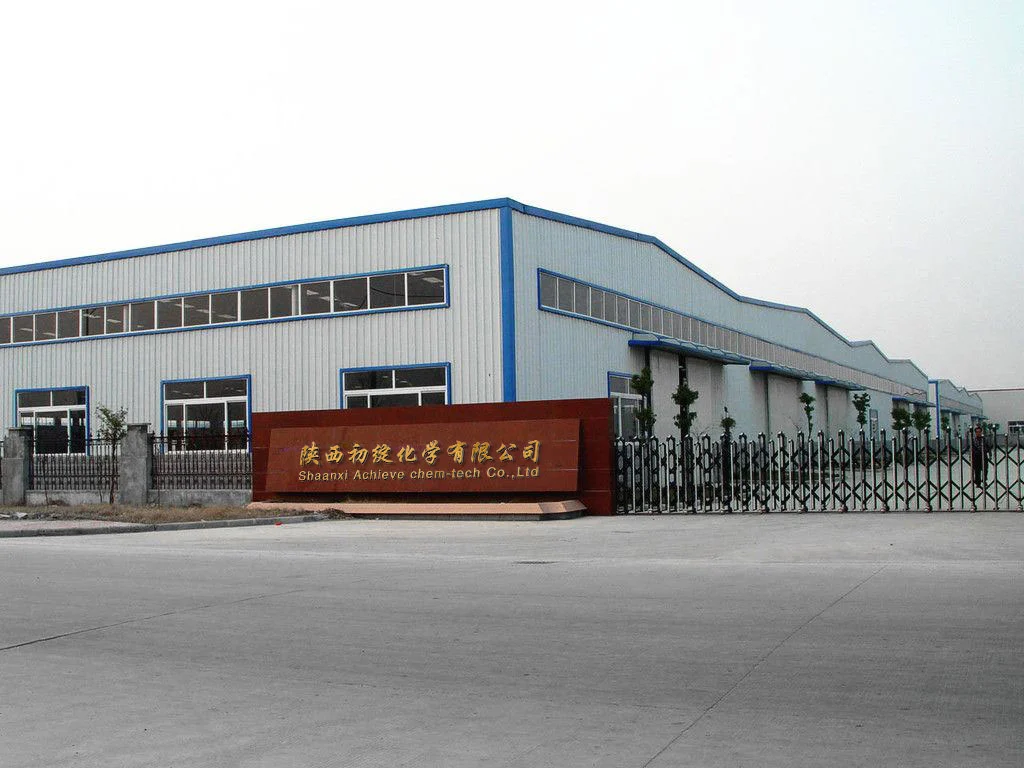
BLOOMTECHZ
